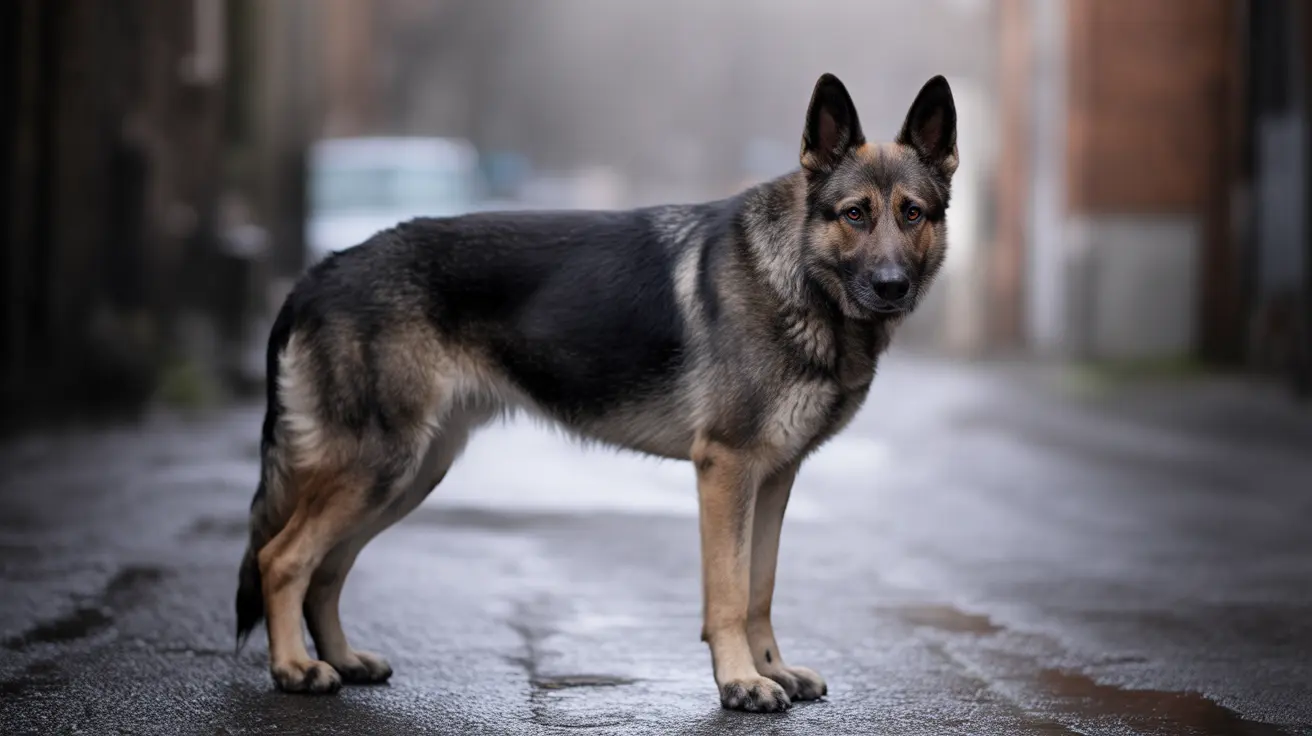Understanding Barn Fire Causes and Risk Factors
The foundation of effective barn fire prevention lies in understanding what triggers these emergencies. Research indicates that electrical malfunctions and human errors account for over 80% of barn fires. These human errors often involve improper smoking practices and the placement of heat sources too close to flammable materials like hay and straw.
The wooden construction typical of most barns, combined with the abundance of flammable materials such as hay, bedding, and feed, creates an environment where fires can spread with devastating speed. This reality underscores why barn fire prevention measures must be both comprehensive and rigorously maintained.
How to Prevent Barn Fires Through Daily Practices
Implementing effective barn fire prevention strategies requires consistent attention to several key areas. First and foremost, establish a strict no-smoking policy throughout all barn areas and ensure all visitors and staff understand and comply with this rule.
Regular electrical inspections form another cornerstone of barn fire prevention. Have qualified electricians examine your barn's electrical systems annually, looking for frayed wires, overloaded circuits, and improperly installed equipment that could spark fires.
Proper storage practices significantly reduce fire risks. Store hay, feed, and fuel sources away from barn structures whenever possible. When storage within barns is necessary, maintain adequate distances from heat sources and electrical equipment.
Maintaining cleanliness also plays a crucial role in fire safety for barns. Remove dust, cobwebs, and accumulated debris regularly, as these materials can act as kindling and accelerate fire spread.
Barn Fire Detection Systems and Equipment
Selecting appropriate fire detection systems requires understanding the unique barn environment. Traditional smoke detectors often malfunction in barns due to high humidity and dust levels. Instead, carbon monoxide detectors or specialized fire alarm systems designed for agricultural settings provide more reliable protection.
Connect your detection systems directly to local fire departments when possible, ensuring immediate notification even when no one is present on the property. This connection can save valuable minutes in emergency response.
Equip all barn entrances with ABC multipurpose fire extinguishers, and ensure all staff members know their locations and proper usage. For comprehensive protection, consider installing automatic sprinkler systems, which experts highly recommend as the most effective barn fire suppression systems available.
Livestock Emergency Evacuation Planning
Creating an effective barn fire evacuation plan requires careful preparation and regular practice. Develop a written plan that all staff members can execute quickly and efficiently, even under stress.
Keep halters and lead ropes readily accessible near each stall to facilitate rapid animal removal. Design stall configurations with dual exits whenever possible, preventing animals from becoming trapped by blocked pathways.
Identify and prepare a designated safe paddock or pasture area where evacuated animals can be contained and monitored. Keep barn aisles clear of equipment and obstacles that could impede evacuation efforts.
Practice your evacuation procedures regularly with all staff members, timing the process and identifying areas for improvement. Consider prioritizing the evacuation sequence based on animal size, temperament, and mobility.
Post-Fire Emergency Response for Large Animals
Once animals are safely evacuated, immediate post-fire care becomes critical. Contain animals in the designated safe area and carefully inspect them for injuries, burns, or signs of smoke inhalation.
Hose animals off thoroughly to remove any embers, ash, or toxic soot from their coats and skin. Watch for signs of shock, difficulty breathing, or other distress indicators that may require immediate veterinary attention.
Never attempt to re-enter the barn structure without professional rescue personnel present, regardless of concerns about remaining animals or property.
Frequently Asked Questions
What are the most common causes of barn fires, and how can I prevent them on my farm?
Electrical malfunctions and human errors like improper smoking and heat sources near hay cause over 80% of barn fires. Prevention includes prohibiting smoking, regular electrical inspections, proper storage of hay and fuels away from barns, and removing dust and cobwebs regularly.
How can I create an effective emergency evacuation plan to protect my animals during a barn fire?
Prepare a written evacuation plan practiced by all staff; keep halters and lead ropes by each stall; ensure stalls have dual exits; prioritize evacuation of high-risk animals; keep aisles clear, and have a designated safe paddock to contain animals after evacuation.
What fire detection and suppression systems are best suited for barns?
Use carbon monoxide or specialized fire alarms instead of conventional smoke detectors due to barn humidity; connect alarms directly to fire departments; install ABC multipurpose fire extinguishers at all entrances; automatic sprinkler systems are highly recommended for effective fire suppression.
What should I do immediately after evacuating animals from a barn fire?
Contain animals in a safe paddock or pasture; hose them off to remove embers and toxic soot; observe animals for signs of shock or inhalation injuries; call a veterinarian promptly for any health concerns; and never re-enter the barn without professional rescue personnel.
Protecting large animals from fire emergencies requires proactive planning, proper equipment, and regular practice. By implementing comprehensive barn fire prevention measures and maintaining well-rehearsed evacuation procedures, farm owners can significantly improve their animals' chances of surviving fire emergencies safely.






